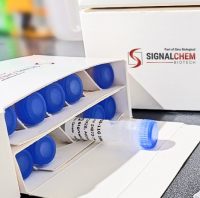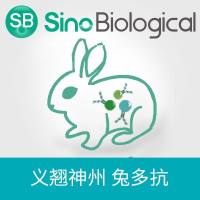Enzyme Immobilization in Polyelectrolyte Microcapsules
互联网
552
Polyelectrolyte capsules have generated great interest in the biotechnology field, because of the facile methods for formation, the broad range of materials that may be used and nanocomposite wall structures that may be realized, and the potential to encapsulate biologically active molecules such as proteins. Immobilization of enzymes within polyelectrolyte microcapsules (PMs) can be accomplished through several different pathways, primarily categorized by the stage of enzyme introduction into the capsule – before capsule formation, by incorporation into the template, or after capsule formation, via diffusion, precipitation, or other means, followed by “sealing” the enzyme inside the capsule by changing the permeability of the walls. The different approaches result in varying efficiency of encapsulation, and the methods employed will affect different enzymes in different ways. This chapter aims to provide a detailed description of one well-established, efficient method for entrapping enzymes and includes notes about modifications for different proteins.








